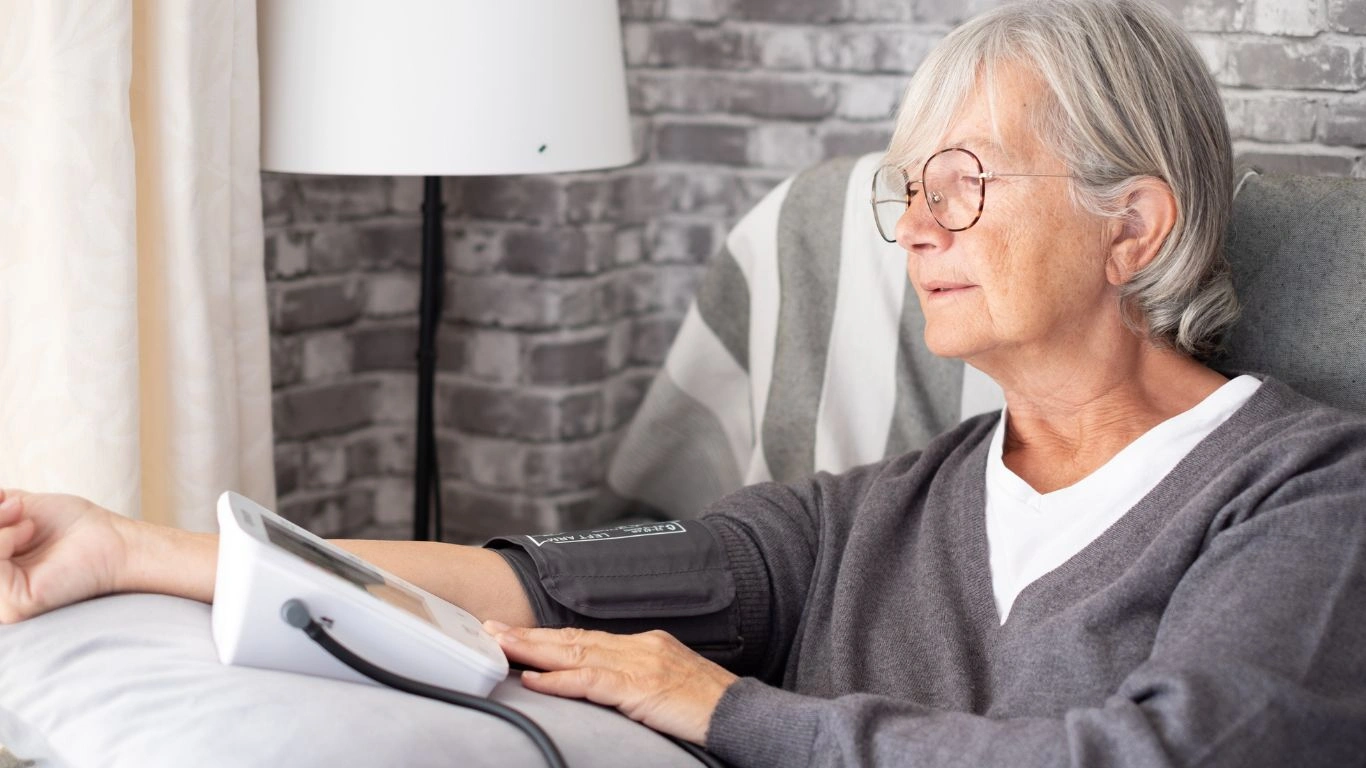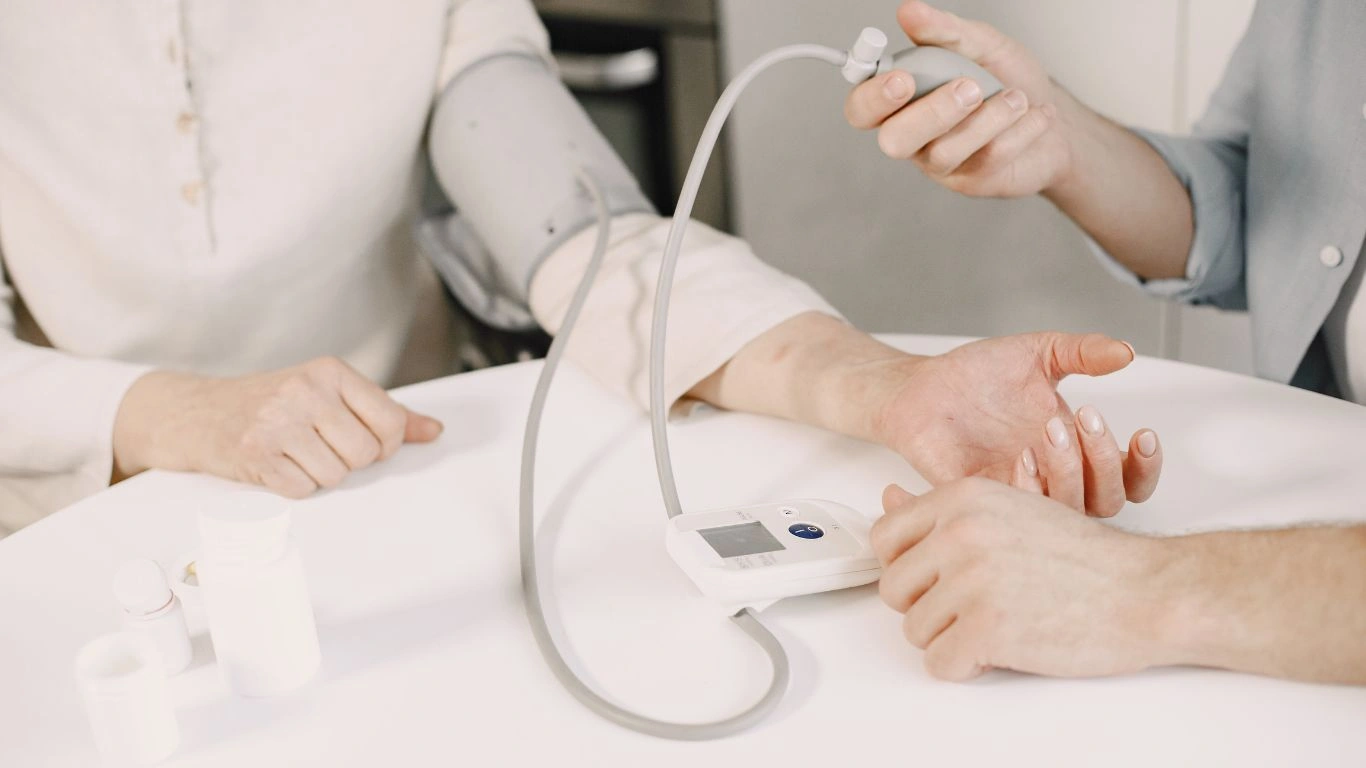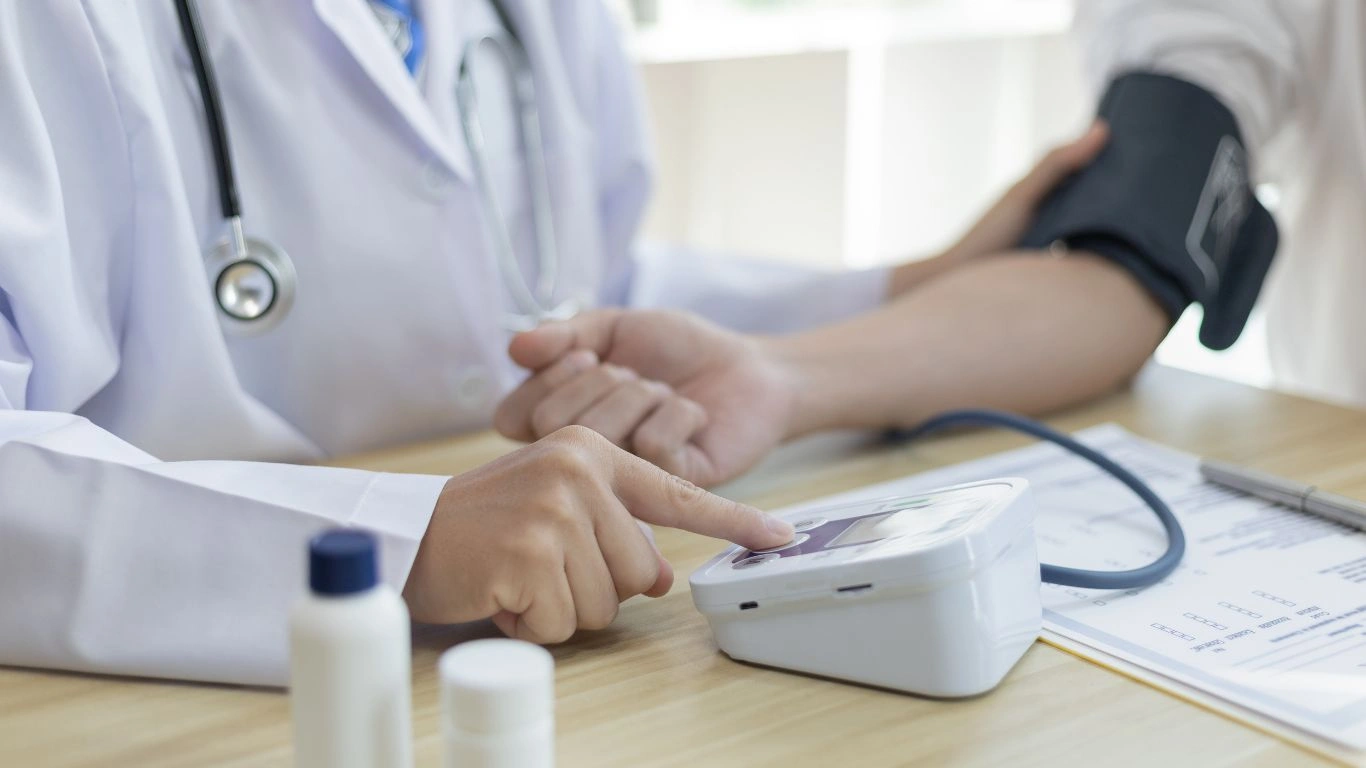Portable Blood Pressure Monitors Comparison: Which One is Right for You?
Wondering which portable blood pressure monitor is the best for your needs? Whether you’re keeping track of your blood pressure for health reasons or just need an easy-to-use, on-the-go option, finding the right monitor can make all the difference. In this guide, we’re going to break down a few top picks for portable blood pressure monitors, comparing their features, pros, cons, and more so you can make an informed decision!
What Are Portable Blood Pressure Monitors?
Before we dive into the comparisons, let’s quickly talk about what portable blood pressure monitors actually are. These devices are compact, easy-to-use tools that let you measure your blood pressure at home or while traveling. They usually feature a digital display, and many of them come with features like Bluetooth connectivity to sync with apps on your phone. Portable models are great for people who need to keep track of their health regularly but don’t want to make frequent trips to the doctor’s office. They’re easy to use, can be taken on the go, and give you a quick reading in just a minute or two. 
Why Are Portable Blood Pressure Monitors Important?
Keeping an eye on your blood pressure is super important—especially if you have a condition like hypertension, or if you’re at risk of developing it. A portable monitor helps you stay on top of your health by giving you a convenient, reliable way to measure your BP regularly. Most healthcare professionals recommend keeping track of your readings at home, which can help spot trends early. With a portable device, you can also keep track of your health data between doctor’s visits. And honestly, the more informed you are, the better decisions you can make about your health. 
Top Portable Blood Pressure Monitors: A Comparison
Let’s get into the good stuff now. There are plenty of portable blood pressure monitors on the market, but not all are created equal. Here’s a quick look at some of the most popular models:
1. Omron Platinum Blood Pressure Monitor
Omron is a trusted brand in the health tech space, and their Platinum Blood Pressure Monitor is no exception. Here’s why it stands out: Features:
- Advanced accuracy technology for more reliable readings.
- Bluetooth connectivity to sync with the Omron Connect app for easy tracking.
- Large, easy-to-read display with a backlight for use in low-light environments.
- Can store up to 200 readings for two users.
Pros:
- The readings are highly accurate, which is crucial for managing blood pressure.
- Syncing with the app is super convenient and helps you keep a record.
- The cuff is comfortable and fits a variety of arm sizes.
Cons:
- It’s a bit pricier compared to some other monitors.
- Might be a bit bulkier than other models if portability is your top concern.
Who Should Use It? This monitor is ideal for people who want a reliable, tech-savvy device that helps track their BP over time. If you don’t mind spending a little extra, Omron’s Platinum model is a solid choice.
2. Withings BPM Connect
The Withings BPM Connect is another strong contender in the portable BP monitor space, and it’s known for its sleek design and easy-to-use interface. Features:
- Wireless syncing with the Health Mate app to track your readings.
- Color-coded feedback to help you understand your results at a glance.
- Simple one-button operation for ease of use.
- Compact and lightweight design, making it great for travel.
Pros:
- Super simple to use—no complicated steps or buttons.
- Compact design makes it easy to toss in your bag for travel.
- Syncs effortlessly with the app for easy data management.
Cons:
- Some users report that the cuff can feel a little tight during measurements.
- Doesn’t offer as many advanced features as some of the higher-end models.
Who Should Use It? If you’re looking for a user-friendly, no-frills device that’s easy to take with you, the Withings BPM Connect might be your best bet. It’s great for anyone who wants basic functionality with a clean, modern design.
3. iHealth No-Touch Blood Pressure Monitor
If you’re looking for a monitor that doesn’t require you to put on a cuff, the iHealth No-Touch BP Monitor could be an interesting option. This one uses infrared sensors to take your BP readings without touching your skin. Features:
- Completely no-touch measurement for ultimate hygiene and convenience.
- LCD display that clearly shows your readings.
- Silent operation, so you won’t disturb others while using it.
- Lightweight and portable design.
Pros:
- Ideal for people who want to avoid the hassle of wearing a cuff.
- Perfect for use in public spaces, where discretion is key.
- Compact, lightweight, and easy to use.
Cons:
- Accuracy can vary depending on how still you are during the reading.
- It may take a little longer to get a reading compared to traditional models.
Who Should Use It? If you’re someone who needs to take measurements in a quiet or public space, the iHealth No-Touch BP Monitor is great. It’s also perfect for anyone who dislikes wearing a cuff.
How to Choose the Best Portable Blood Pressure Monitor for You
So, how do you know which one to go for? Here are a few things to keep in mind:
- Accuracy: This is the number one priority when choosing a monitor. If it’s not accurate, your readings won’t be reliable, and that defeats the purpose. Look for monitors with clinically validated accuracy, like the Omron models.
- Portability: If you’re constantly on the go, you’ll want a lightweight, compact device. The Withings BPM Connect and iHealth No-Touch models are both great for travel.
- Ease of Use: Look for models that are simple to operate. A clear display, straightforward setup, and minimal buttons will save you a lot of time and frustration.
- App Integration: Many modern monitors sync with apps to track your readings over time. This can be a game-changer for monitoring your health in a more organized way.

Appendices
FAQs
- Are portable blood pressure monitors as accurate as the ones at the doctor’s office? Yes, they can be just as accurate if you choose a reliable model from a trusted brand like Omron. Just make sure to follow the instructions carefully.
- Can I use a portable blood pressure monitor if I have large arms? Most models come with adjustable cuffs, but make sure to check the cuff size before purchasing. Some monitors fit a wide range of arm sizes.
- How often should I check my blood pressure at home? It depends on your health needs. If you have hypertension, you might need to check it daily. Otherwise, a few times a week should suffice.
- Can I take my blood pressure while sitting or lying down? It’s best to take your blood pressure while sitting with your back supported and feet flat on the floor. Lying down can affect the reading.
- Do I need to calibrate my portable blood pressure monitor? Most models are pre-calibrated, but it’s a good idea to check the manufacturer’s instructions to make sure it stays accurate over time.
References
- American Heart Association. (2024). How to Choose a Home Blood Pressure Monitor. Read Article
- Mayo Clinic. (2023). Blood Pressure Monitors: What You Need to Know. Read Article
- Smith, A. (2022). Advances in Digital Blood Pressure Monitoring. Journal of Medical Devices, 45(3), 123-130. Read Article
Disclaimer
The information provided in this article is for general informational purposes only and should not be considered medical advice. Always consult with your healthcare provider before making any changes to your health routine or using a portable blood pressure monitor.

Dr. Gwenna Aazee is a board-certified Internal Medicine Physician with a special focus on hypertension management, chronic disease prevention, and patient education. With years of experience in both clinical practice and medical writing, she’s passionate about turning evidence-based medicine into accessible, actionable advice. Through her work at Healthusias.com, Dr. Aazee empowers readers to take charge of their health with confidence and clarity. Off the clock, she enjoys deep dives into nutrition research, long walks with her rescue pup, and simplifying medical jargon one article at a time.






